
ASERIESOF: COMMUNITY
Nicolas Schuybroek
Between Stillness and Structure: A Self-Care Conversation with Nicolas Schuybroek
Nicolas Schuybroek is a Belgian architect known for his quiet, precise approach to form, space, and atmosphere. Since founding his Brussels-based practice in 2011, he has developed a body of work defined by clarity, restraint, and emotional depth. Across architecture, interiors, and objects, his designs reflect a deep respect for craftsmanship and context, where warmth is found in simplicity, and timelessness emerges through thoughtful detail.

Grounded in intuition and rigor, his practice spans new builds, renovations, hospitality, and product design, with projects in Europe, North America, and Asia. Schuybroek’s work has been widely recognized and published, and his studio has been included in the AD100 list multiple times since 2013.
In this conversation, Nicolas Schuybroek shares how discipline, silence, and small rituals sustain a creative practice built on longevity. Reflecting on the architecture of both buildings and daily life, he speaks to the importance of rest, perspective, and knowing when to pause—reminding us that timeless design begins with presence.
AS: What are some self-care practices that you find most benefit your work & creative output?
NS: Architecture is, by nature, a marathon of delayed gratification. Projects can take years, sometimes decades, before they come alive. To keep perspective, small rituals of grounding are a precious help. Cooking is an essential part of that (and eating for that matter) and of course, sleep, probably the most underrated luxury of our time. A rested mind sees proportion more clearly.
AS: In what ways do you nurture your mental and emotional health to maintain creativity and inspiration?
NS: I find inspiration less in architecture itself and more in the spaces between disciplines: literature, philosophy, music, even silence. Mental health, for me, is about cultivating distance, creating moments where nothing is produced, and therefore something can emerge. A day without drawing is not wasted if it leads to seeing the world with fresh eyes. A teacher I was very fond of at McGill often quoted this sentence from Paul Valéry: “A work is never finished, only abandoned.”
Emotional health probably lies in knowing when to stop obsessing—something I haven’t entirely succeeded at yet. But perhaps obsession is also part of the job description of an architect. The trick is to ensure it feeds the work without consuming the person.
“TIMELESSNESS BEGINS WITH KNOWING WHEN TO PAUSE” - Nicolas Schuybroek
AS: What practices or routines do you incorporate into your daily life to support your work while maintaining your creative energy and mental well-being?
NS: Sleep (yes, again..), early mornings, and exercising. The first clears the fog, the second creates space, and the third connects me back to the scale of the human body. I also try to walk through cities without headphones: you notice more when the world isn’t competing with a soundtrack or additional noise.
Routine gives structure, but within it I leave room for accidents and detours, because creativity often tends to appear uninvited, never when you schedule it.
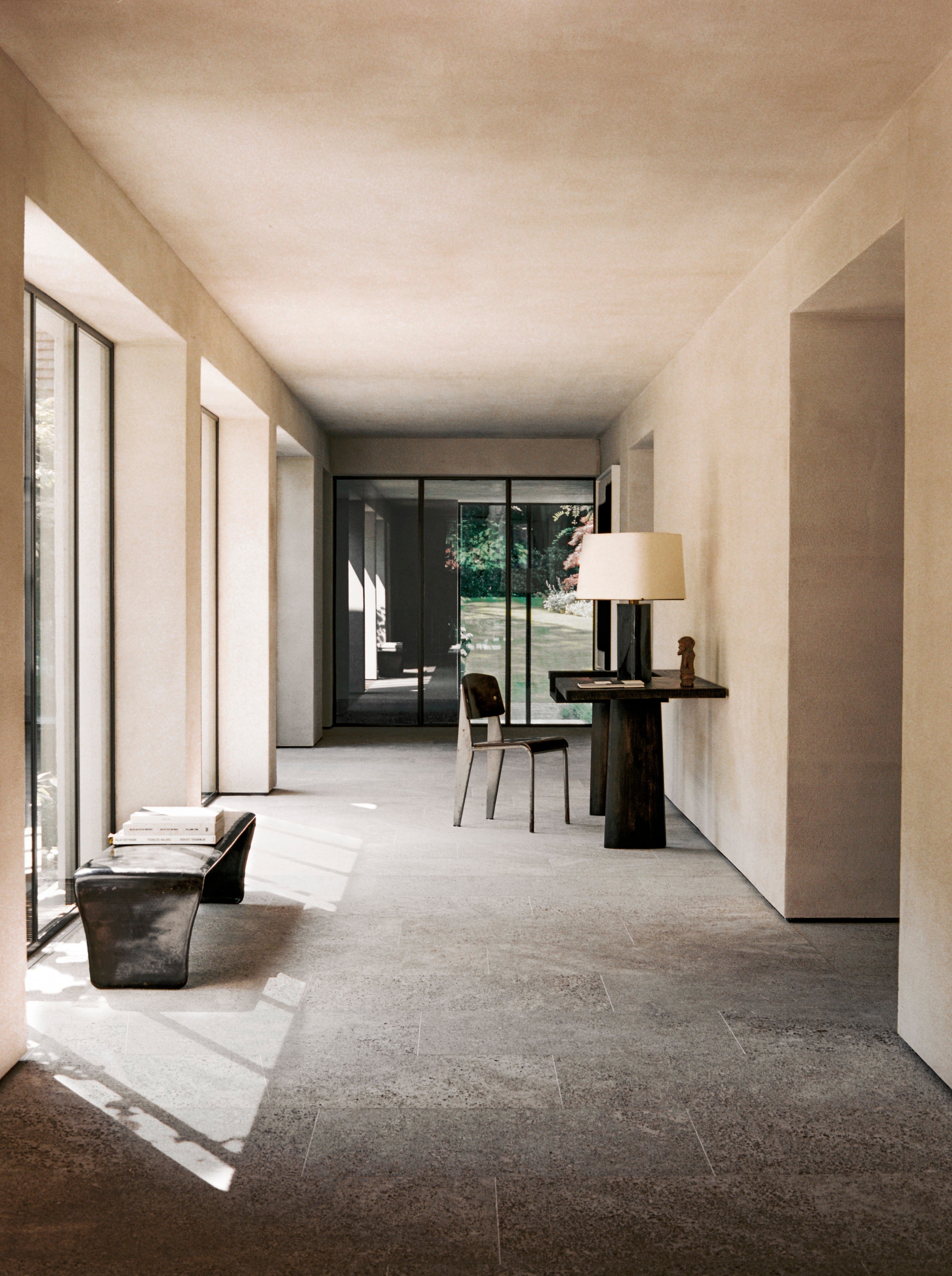
AS: How do you handle setbacks or challenges in your creative endeavours while still prioritizing your well-being?
NS: With a well balanced mix of humor and humility. Although the humor part only came much later to me… Architecture teaches you that nothing ever goes exactly as planned: budgets collapse, neighbours complain, materials vanish. Instead of resisting, I have (quite frankly only recently) learned to embrace constraints and setbacks. A “no” can often be more generative and effective than a “yes”. Sometimes the constraint ends up shaping the project more decisively than my initial sketch.
AS: What specific environment or settings do you find especially conducive to both self-care and creative inspiration?
NS: Libraries and bookshops. Not the glossy kind, but the dusty old-school ones, often with terrible lighting. They are a reminder that architecture is about continuity, not novelty, that we are always adding a line to a long text. Also, the seaside and endless horizons recalibrate proportion in a way no lecture can. And finally, my studio, very early in the morning: silence, drawings, no distractions. In those moments, you can finally see the work for what it is, without the noise of process.

AS: Best self-care advice you have received?
NS: “Don’t take yourself too seriously—take the work seriously.” The two are not the same and the moment you conflate them, you burn out.
ASeriesof All Rights Reserved.
Nicolas Schuybroek's portrait photo by Matthieu Salvaing.
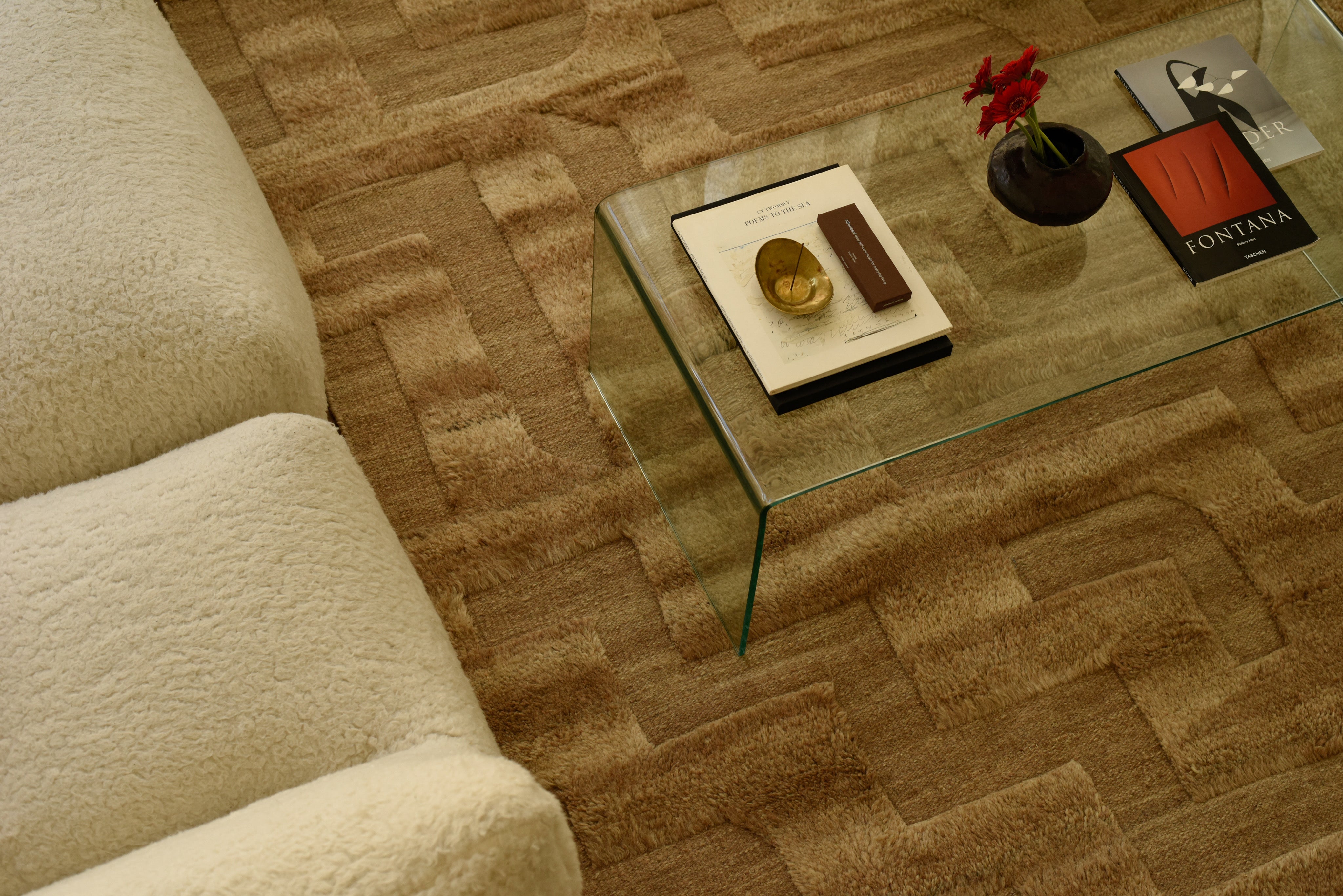
ASeriesof: incense
Home & Self-Care routines
With our incense we seek to offer a moment for relaxation and a tool to increase focus, reduce stress and anxiety, aid in sleep, and stimulate creativity.
Meet more community members:
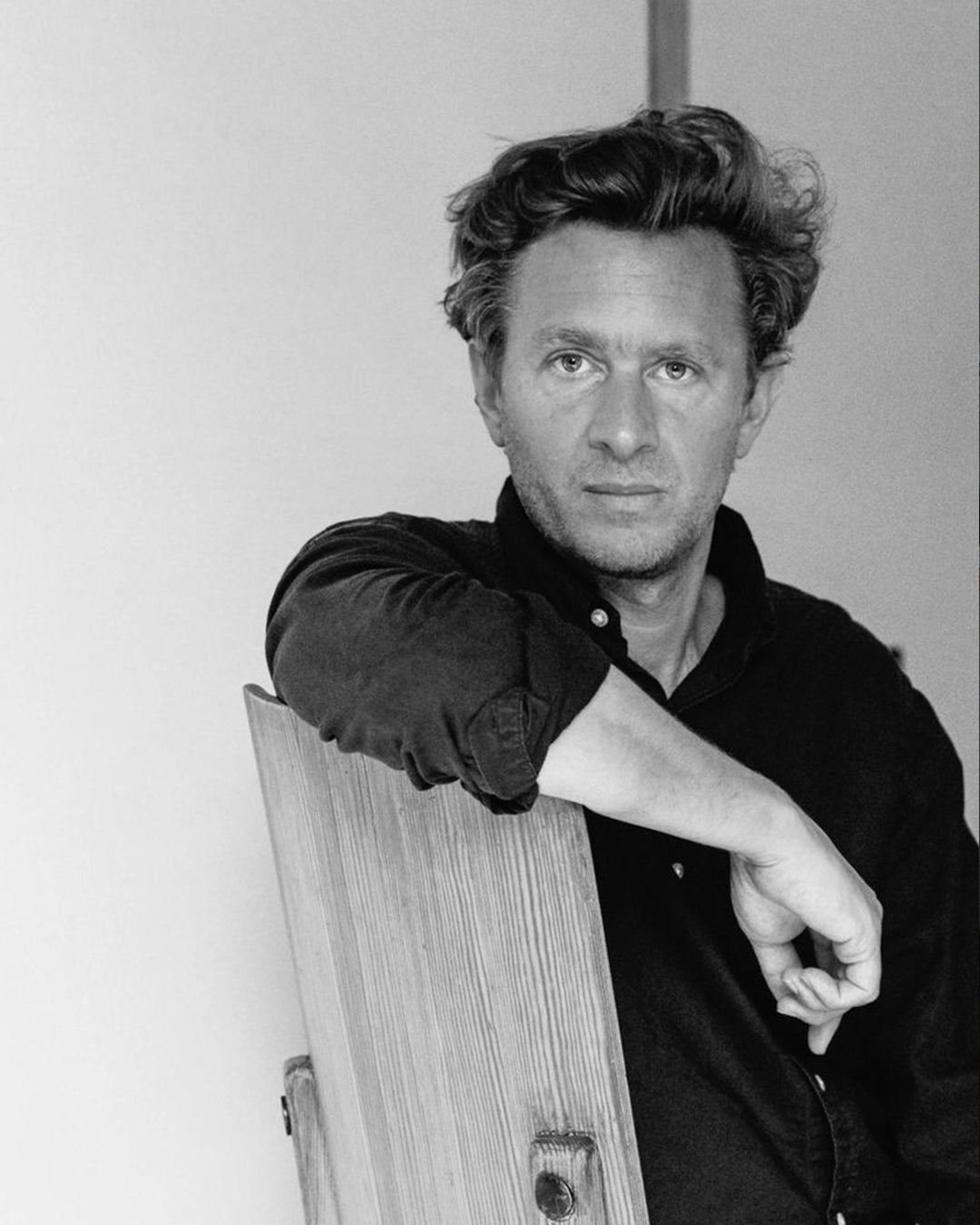
Belgian architect Nicolas Schuybroek reflects on the quiet rituals that shape his approach to design and life. From sleep and structure to silence and perspective, he shares how presence—not pressu...
Per saperne di più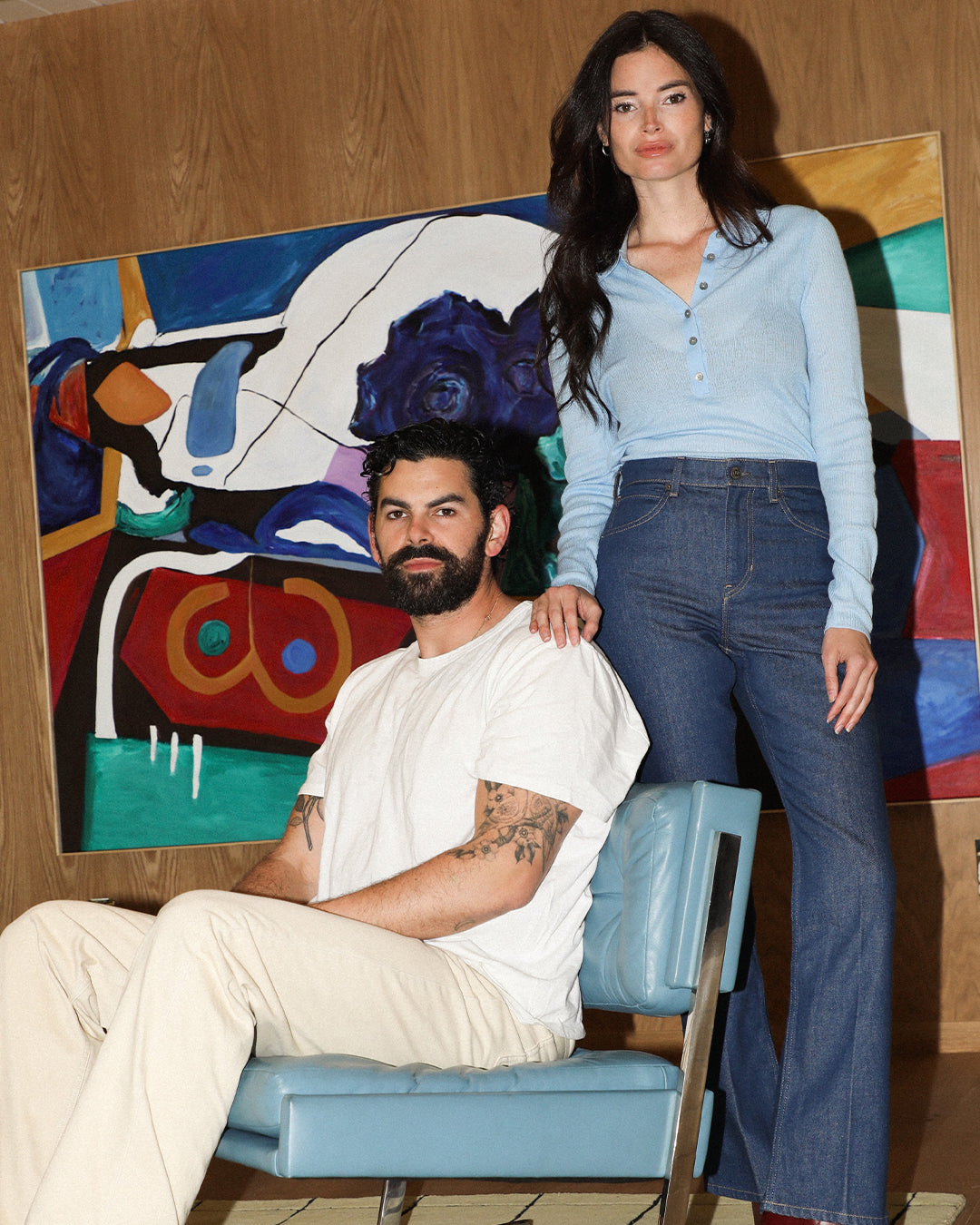
Joelle Kutner & Jesse Rudolph: Founders of Ome Dezin
Joelle Kutner and Jesse Rudolph, the duo behind Los Angeles–based studio Ome Dezin, share the personal rituals that support their creative and collaborative flow. They reflect on how self-care allo...
Per saperne di più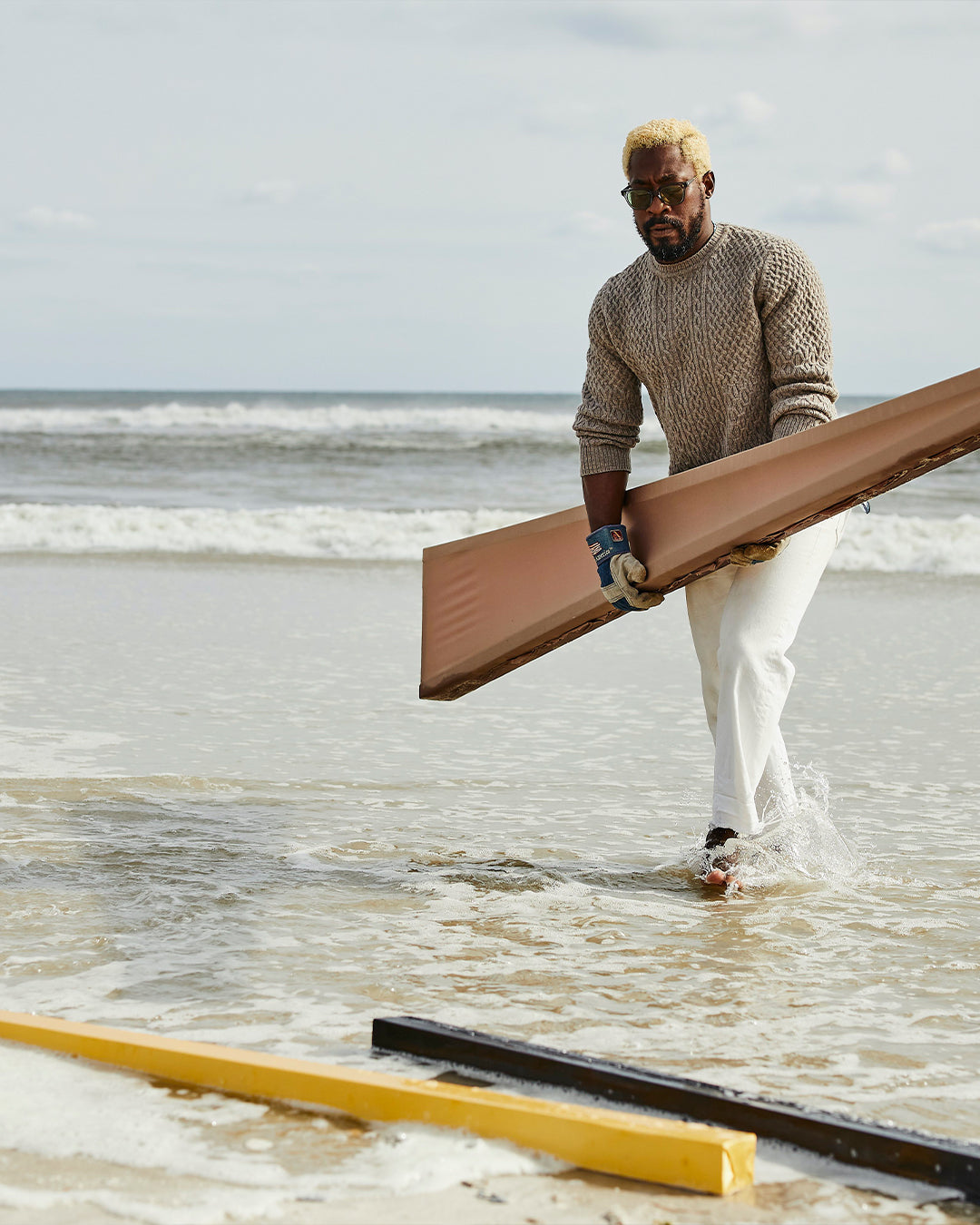
James Perkins: American artist and sculptor
James Perkins reflects on the physicality of his work, the power of solitude, and the rituals that help him stay centered. From workouts and salt baths to the silence of winter reading, Perkins sha...
Per saperne di più